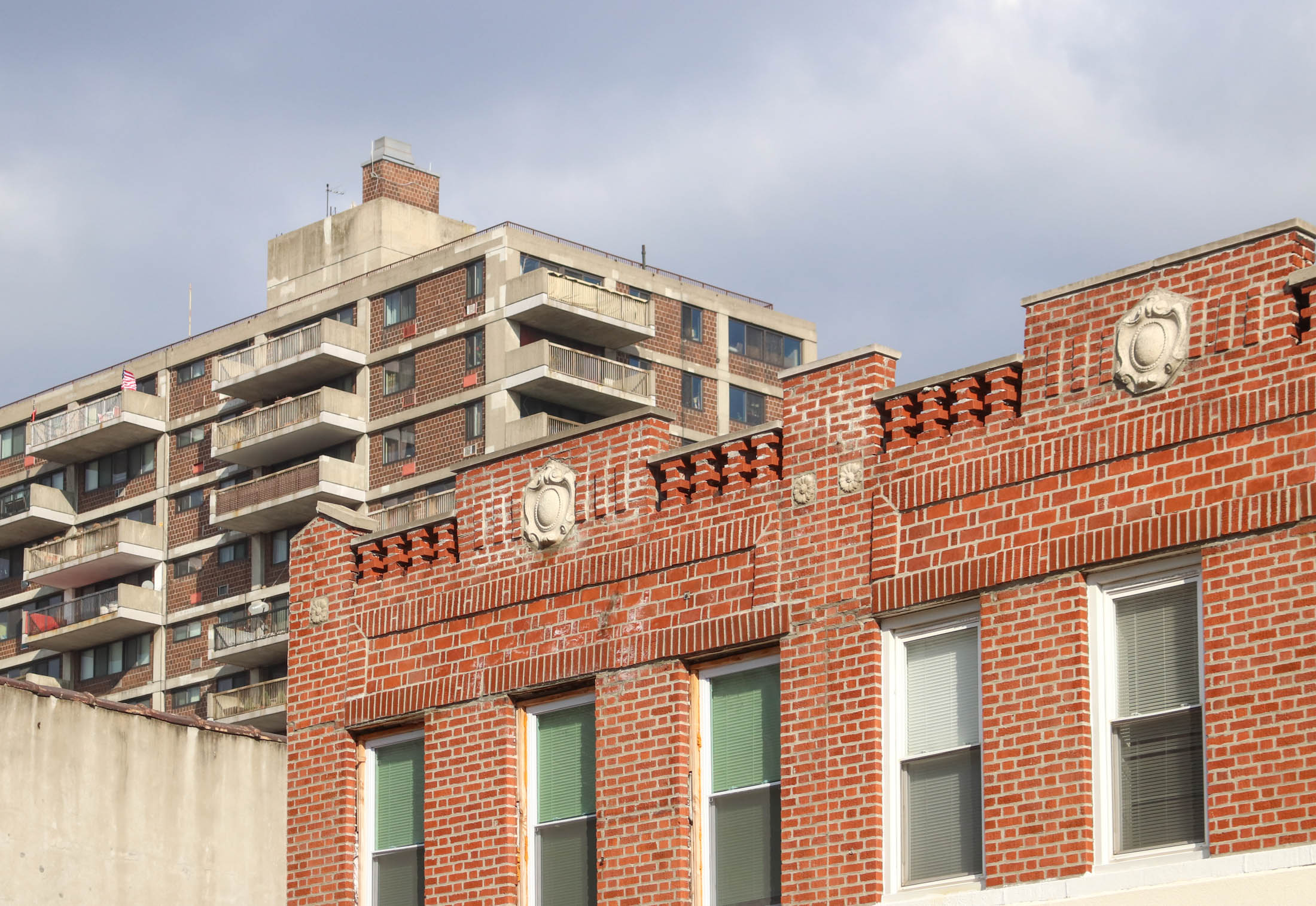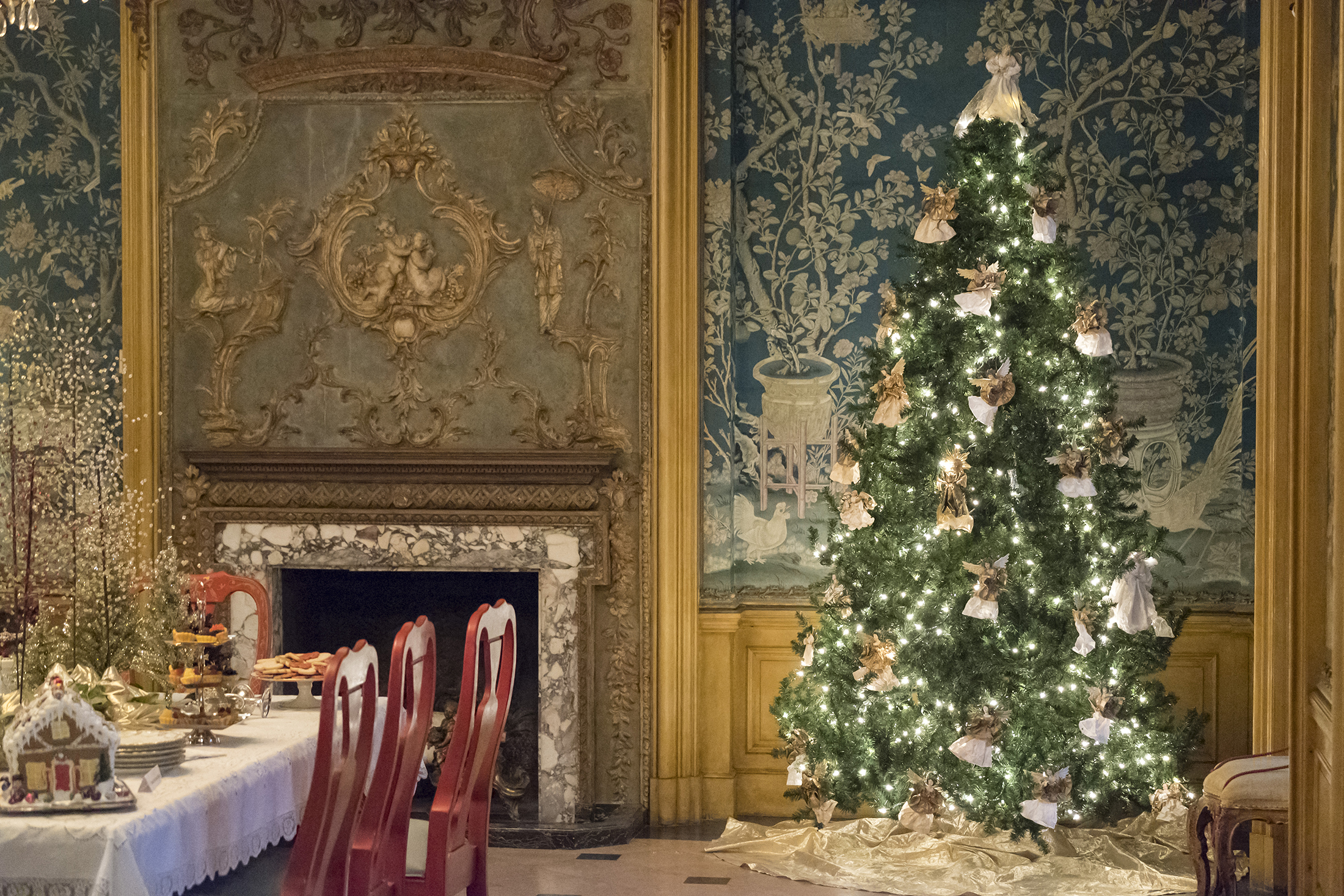Building of the Day: 316 Garfield Place
The BOTD is a no-frills look at interesting structures of all types and from all neighborhoods. There will be old, new, important, forgotten, public, private, good and bad. Whatever strikes our fancy. We hope you enjoy. Address: 316 Garfield Place, between Prospect Park West and 8th Avenue Name: Private House Neighborhood: Park Slope (Park Slope…


The BOTD is a no-frills look at interesting structures of all types and from all neighborhoods. There will be old, new, important, forgotten, public, private, good and bad. Whatever strikes our fancy. We hope you enjoy.
Address: 316 Garfield Place, between Prospect Park West and 8th Avenue
Name: Private House
Neighborhood: Park Slope (Park Slope Historic District)
Year Built: 1911
Architectural Style: Eclectic Northern Italian
Architects: Unknown, but similar to a William Tubby house of same era, at 61 PPW
Landmarked: Yes
Why chosen: This is a very eclectic block, with some incredible houses, but my eye is always drawn to this one. The dark Flemish bond brick draws the eye, but it’s the flat front entrance and the abundance of multicolored tile work, framed in white marble that really attracts me. There’s also that strong Northern Italian influence in the overhanging copper eaves, and copper clad beams, the loggia, and the wrought iron balcony with the lion’s head ornament. The side of the house has some wonderful bays, and overlooks an exquisite private garden, surrounded by a tall brick wall and wrought iron fence. With the overabundance of architectural wonders in the neighborhood, this very modern house, for 1911, is overlooked in the literature. Too bad, it’s a real gem. I’d love to know more.





Eclectic Northern Italian is not an architectural style…
My Park Slope relatives live around the corner from this number.
How can I ever have missed it?
Here the architect’s very clever: it appears s/he uses the neighboring backyard to “light” the house, creating a de-facto “front” for the building, away from the street, where the elevation is relatively windowless and private. (Unless, of course, the space is the house’s own sideyard, which makes the arrangement even better!)
Very effective. Especially now that the neighborhood is landmarked and that space won’t be going anywhere soon!
The brick design by roof line is terrific. Makes the brownstones next door seem drab by comparison.
funny, when I first saw the picture I thought “Austrian” maybe because it looked a bit like the Secessionists’ works in Vienna. But northern Italy, next door to Austria more or less, is perhaps a better connection. The loggia on top is in the Italian tradition. but this house is its own thing. eclectic to say the least. Good choice!